How to Calculate & Improve Customer Retention Rate [Formula]

- Retention is more cost-effective than acquisition: Keeping existing customers is 6–7x cheaper than acquiring new ones, and they convert better too—making your retention rate a critical growth metric.
- Use the right formula to track retention:
- Retention Rate = [(End Customers – New Customers) ÷ Start Customers] × 100.
- This helps isolate loyalty and avoid distorted metrics caused by growth.
- 10 actionable tactics to retain more customers: These include improving onboarding, optimizing your pricing and support response time, launching loyalty programs, tracking competitor moves, and proactively gathering customer feedback.
- Monitor supporting metrics: Metrics like NPS, CLV, churn rate, and repeat purchase rate provide a fuller picture of retention and customer health.
- Tools like ClearlyRated can supercharge your efforts: ClearlyRated helps collect and analyze feedback, benchmark performance, and guide improvements using data, enabling you to retain more customers and build long-term loyalty.
It costs far less to retain an existing customer than to acquire a new one, up to six or seven times less, in fact. While new prospects convert at rates of 5–20%, existing customers convert at rates of 60–70%, highlighting the importance of the customer retention rate formula in measuring loyalty.
In comparison, about 80% of future profits often come from 20% of your current customers. That’s why businesses invest heavily in strategies that boost repeat sales and long-term loyalty.
In this guide, you’ll find strategies that help you improve retention, increase repeat sales, and drive revenue. You’ll also learn how to apply the customer retention rate formula to track progress and make better decisions with real data.
Understanding Customer Retention Rate
You already know customer retention matters, but what you may overlook is how it can quietly distort performance metrics. The customer retention rate formula measures how many existing customers stay with your business over a specific timeframe. You express it as a percentage, but calculating it gets tricky when new customers enter the equation.
For instance, you might start with 10 customers, lose two, and gain four more during that same period. If you ignore the gain and focus only on net totals, you get skewed results that don’t reflect actual retention. Retention rate focuses on existing customers only, so growth does not offset churn in this metric.
Retention focuses solely on how well you keep the original customer base, regardless of how many new ones you acquire. Without applying the customer retention rate formula, you risk investing in short-term wins that don’t convert into long-term profitability.
How Do You Calculate Retention Rate?
To calculate the customer retention rate, the first step is to define the time period you want to measure. SaaS companies often track this monthly or quarterly, though fast-moving teams may check retention daily to catch issues early. After choosing your timeframe, collect three specific numbers:
- S = Total customers at the start of the period
- E = Total customers at the end of the period
- N = New customers gained during the period
You need all three numbers before you can apply the formula and get a reliable retention rate.
The customer retention rate formula
Here’s the customer retention rate formula in its simplest and most widely accepted form:
Customer Retention Rate = [(E – N) / S] x 100
You subtract new customers so they don’t distort your data and give you a false sense of loyalty.
Example calculation in action
To understand how the formula works in practice, let’s walk through a simple example using a one-year time frame:
- Start by identifying the total number of customers you had at the end of the year (E), as required when applying the customer retention rate formula. For example, if you're calculating annual retention based on the calendar year, this would be the customer count as of December 31.
- Then subtract the number of new customers you acquired during that same year (N). This step helps isolate the customers who were already with you at the start, removing the impact of new acquisitions.
- Next, divide that number by the total number of customers you had at the start of the year (S), which would be the count on January 1.
- Finally, multiply the result by 100 to express it as a percentage.
Now let’s apply the formula.
If you began the year with 100 customers (S), ended with 100 customers (E), and added 10 new customers during the year (N), your customer retention rate using the formula would be:
[(100 – 10) / 100] x 100 = 90%
This means you retained 90% of the customers who were already with you at the start of the year.
What Is Considered a Good Customer Retention Rate?
In the early stages of a company’s growth, acquiring new customers often takes priority over retention or profitability. Many startups focus heavily on expansion, even if it means losing some existing users along the way.
As your company matures, customer retention becomes far more critical to long-term sustainability and profitability. A high customer retention rate means you’re keeping more of your existing customers, which directly increases recurring revenue.
Customer retention rates vary widely across industries, usually ranging between 70 and 80%. A recent study suggests that:
- The banking industry maintains an average retention rate of about 75%
- The hospitality industry, including restaurants, has a much lower average retention rate of around 55%, as consumers frequently explore new options
- Media and professional services lead with retention rates around 84%
- Financial services and cable industries suffer some of the highest churn rates near 25% in the U.S.
This variation means you cannot fairly compare retention rates across industries. Each sector has unique factors that influence why customers stay loyal or churn.
Retention Rate vs. Churn Rate: What’s the Difference?
Your customer churn rate reflects the exact opposite of your customer retention rate. For example, if you retain 90% of your customers, your churn rate is 10%.
To calculate churn rate, first identify how many customers you lost during a specific time period. Divide that number by how many customers you had at the start of that period. Then multiply the result by 100 to express it as a percentage.
Customer Churn Rate = (Churned Customers ÷ Original Number of Customers) × 100
Suppose if a company began the year with 100 customers and lost 10, its churn rate equals 10%. [(10 ÷ 100) × 100 = 10]
But defining churn isn’t always straightforward. A customer might cancel a subscription, but later decide to renew it. For example, someone could cancel Netflix after finishing Prison Break, then return to watch One Piece before their access expires.
Defining churn depends on your business model. A user on a free trial who never converted may not count. They didn’t generate revenue, so including them might distort your actual churn rate.
That’s why one single metric doesn’t give the full picture. You need multiple retention metrics to understand what drives your customers to stay or leave.
10 Proven Tactics to Boost Customer Retention
Customers leave for all kinds of reasons. Some no longer need your product. Others walk away because of unresolved frustrations that you may not even know exist. When those issues pile up, retention drops, and revenue takes a hit.
Let’s fix that. These proven tactics will help you keep more customers and protect your bottom line.
1. Make it easy for customers to reach you
Think about the last time you had a bad experience with a brand and couldn’t find help. Did you stick around? Probably not. Most customers won’t either.
Offer clear contact options across channels, including email, chat, and phone, and respond fast. Use a reliable business phone system that routes calls correctly and avoids dead ends. Forward important calls during travel or outside work hours so support doesn’t stop when your schedule shifts.
You lose trust fast when customers feel ignored. You keep it when they know someone is always available to help.
2. Evaluate and optimize your online presence
When customers look for help, they usually start with your website or social media. If those channels look outdated or incomplete, they’ll lose confidence fast.
Keep your website updated, easy to navigate, and optimized to capture leads or support requests. Make sure it answers common questions clearly, helps users take action, and works well on all devices.
The same goes for social media. Don’t just create profiles and leave them idle. Respond to messages quickly and stay active where your audience spends time. If you manage support alone or with a small team, use tools that centralize messages across platforms so nothing gets missed.
3. Respond promptly and effectively
When customers reach out and don’t hear back soon, they start looking elsewhere. That silence signals you don’t value their time.
To avoid that, here’s what to do:
- Set a strict response-time rule for voicemails and emails
- Visual voicemail lets you scan messages faster, so you can reply to urgent ones right away without wasting time listening to each one
- If you’re serious about staying reachable, consider using a virtual phone number to separate business calls from personal ones and manage them more efficiently
- Block time daily to check and respond to emails, social comments, or DMs
Your quick response helps answer questions, fix problems, and remind customers they matter. That’s how you keep them coming back.
4. Strengthen your onboarding experience
When new customers sign up, they need to feel confident about what to do next, and not confused or stuck.
If your product requires learning, reduce the effort it takes to get started. Give them the tools to succeed early so they don’t question their decision. You can also track what makes customers stay, then build onboarding materials that support those exact actions. Offer walkthroughs, simple tutorials, and clear instructions right from the start.
Even something as basic as a welcome email can help new users find value faster and stay longer.
5. Review your pricing strategy
People compare prices before making a purchase. If your product costs more, you must prove why it’s worth it.
Check how your pricing stacks up against others in your category. If you charge more, highlight the value you're delivering and make that value obvious. You can also run a price sensitivity test to find out what your customers actually consider reasonable. When people feel confident they’re getting value for what they pay, they stay longer.
6. Introduce or refine a loyalty program
Loyalty programs are proven tools for boosting customer retention and increasing lifetime value. Research indicates that the top 10% of loyal customers spend two times more per order than the remaining 90%, while the top 1% spend 2.5 times more.
To build loyalty, consider offering:
- Discounts, exclusive offers, or points systems
- Personalized rewards based on behavior or milestones (e.g., "Spend $100 and get 10% off your next order")
- Targeted incentives based on past purchases
You can also track customer retention metrics, such as repeat purchase rate (RPR), average order value (AOV), and customer satisfaction, to measure success. A client experience and reputation management platform, such as ClearlyRated, can consolidate customer feedback, helping you identify trends, manage issues, and take proactive action to improve loyalty. Understanding how loyalty programs impact customer retention rates can maximize customer engagement.
7. Analyse your competitors’ retention tactics
Preventing churn often comes down to knowing why customers choose a competitor over you. Start by identifying what you do better, but don’t stop there. Know what your competition does that attracts your audience.
Here’s how to get those answers:
- Buy their product and test its features against yours
- Go through their onboarding flow to see what their first impression feels like
- Call their support team and assess their responsiveness and quality of service
- Sign up for their newsletter and analyze how they communicate with users
- Track their pricing, positioning, and packaging to see where they might undercut or outshine you
These steps will help you spot gaps in your product or experience and show you where you can improve. When you use competitive insight to refine your own offering, you give customers fewer reasons to leave.
8. Continuously improve your product or service
Your product plays the biggest role in whether customers stick around or leave. If something in your product creates confusion, friction, or downtime, it can frustrate users and push them away.
Here are a few things to assess:
- Check where users drop off during setup or regular use. These friction points often signal unclear instructions or poor UX
- Collect direct feedback from support tickets, reviews, and NPS surveys to spot recurring complaints or bugs
- Monitor system performance to catch issues like unexpected downtime or slow load times that may hurt the user experience
- Audit your documentation and UI. If something isn't clear, customers will stop trying and start looking elsewhere
When your product consistently solves real problems without confusion, your customers have fewer reasons to leave. Fixing product issues not only improves retention but also reduces support load and increases customer satisfaction.
9. Monitor reviews and customer sentiment
A single negative review is nothing to worry about, but three or more should trigger a closer look. When that happens, look for patterns in customer feedback, both positive and negative, to identify what works and what doesn’t.
You can also reach out to former customers to ask why they left. Honest answers come when you ask sincerely.
In 2023, a customer faced a $3,000 phone bill after making international calls during a family tragedy. After explaining the situation, the customer service rep waived the charges for two months and even sent flowers. A small act of empathy turned a painful moment into lasting loyalty.
Here’s what the Reddit thread said:

If you can’t offer compensation, clearly explain how you’ll prevent the problem from happening again. Tell the customer, “We are reviewing our process to make sure this doesn’t happen in the future.” If you need more time, say, “I’ll personally investigate and get back to you soon.” This shows you care and go beyond generic replies.
Tools like ClearlyRated help gather customer feedback through industry-specific surveys, benchmark results against competitors, and track trends over time.
ClearlyRated offers:
- Customizable NPS surveys tailored to your industry
- Testimonial-ready responses to highlight client satisfaction
- Expert support for boosting survey response rates
- Event-triggered surveys based on customer actions
- Automated reminders for consistent engagement
- Easy integration with your existing systems
You can also grow your online reputation by encouraging customers to leave reviews on Google, share testimonials, and collect star ratings. Use “Shoutouts” to recognize your team’s efforts and share success stories across LinkedIn, your website, emails, and press releases.
Plus, ClearlyRated’s “Best of” awards recognize firms that deliver outstanding client service with satisfaction scores above industry averages. Winners use these awards to build credibility and trust with prospects.
For example, here’s what Jennifer McKeever of Aquent said, “The awards we earn from ClearlyRated are a differentiator for us, and the NPS is a respected and objective measure of a company’s service, as measured by clients. We feature our awards and NPS on our website, talk about it on our social media, and include it in our proposals and marketing materials. The Best of Accounting award gives us credibility, and we take huge pride in it.”
10. Build a targeted retention action plan
After identifying issues that drag your customer retention rate down, create a clear plan to fix them. Start with the easy wins that deliver quick impact, like updating your business address and hours on Google Maps, responding faster to customer inquiries, and building an FAQ page to help customers find answers on their own.
Small improvements like these reduce churn significantly, especially when applied consistently at scale. Once you handle the quick fixes, move on to larger challenges. Set a realistic schedule to complete these tasks and stick to it. If a task falls outside your expertise, consider hiring someone who can handle it effectively.
Regular audits help you track progress and catch new problems early. Avoid making impulsive changes; focus on steady, manageable improvements that optimize your retention strategy over time.
Additional Metrics That Influence Retention
Simply tracking customer retention rate (CRR) isn’t enough to understand why customers stay or leave. To gain deeper insights, use these important metrics:
Net Promoter Score (NPS)
NPS is a vital metric for measuring customer loyalty. It revolves around one simple question: “How likely are you to recommend our product or service to a friend or colleague?”
Customers respond on a scale from 0 to 10 and are grouped as follows:
- Promoters (9-10)
- Passives (7-8)
- Detractors (0-6)
To calculate NPS, subtract the percentage of Detractors from the percentage of Promoters.
Net Promoter Score = % Promoters − % Detractors
For example, if out of 100 customers:
- 50 are Promoters
- 30 are Passives
- 20 are Detractors
Then, NPS = 50% − 20% = 30
NPS scores range from -100 (all Detractors) to +100 (all Promoters). A higher score indicates stronger customer loyalty, reduced churn, and better retention. If your score is low, analyze follow-up feedback to identify pain points and improve.
To efficiently manage NPS surveys, NPS software like ClearlyRated help collect feedback, benchmark scores, and track trends.

According to ClearlyRated’s 2024 benchmarking data, the IT services industry's Net Promoter Score (NPS) rose 10 points from 2023, marking its highest level since 2011 and signaling major service improvements. After years of modest scores, the industry has stayed above 40 since 2020.
While a 50+ NPS is considered excellent and 70+ world-class (like Starbucks and USAA), firms must keep improving as client expectations rise—those that don’t risk falling behind. This growth presents a strong opportunity for IT firms to build on their momentum and enhance customer satisfaction.
ClearlyRated also offers real-time insights and tools to quickly respond to feedback, helping reduce churn, solve issues proactively, and enhance the overall client experience, which ultimately improves your CSAT.
Customer lifetime value (CLV)
CLV represents the total revenue your business can expect to earn from a customer over the entire length of your relationship, not just a single purchase.
In fact, 25% of marketers rank CLV among their top five key metrics. Calculating CLV involves factors like customer acquisition costs (CAC), sales, and operational expenses. Advanced methods also use AI and machine learning to predict future revenue based on historical data.
The basic formula to calculate CLV is:
CLV = (Average revenue per customer per year × Duration of relationship) − Total costs of acquisition and service
For example, if a customer spends $1,000 annually and stays for five years, their CLV is $5,000 before subtracting service costs. After costs, the remaining amount is your net profit per customer over their lifetime.
To increase CLV, prioritize strong customer relationships. Effective onboarding helps customers quickly realize your product’s value, laying a foundation for satisfaction. Keep engaging customers with helpful content, product tips, updates, and exclusive offers to encourage loyalty and long-term growth.
Product return rate (PRR)
Product return rate (or repeat purchase rate) measures how many customers buy again after their first purchase. It’s key for ecommerce and retail businesses without contracts.
Unlike subscription-based SaaS metrics, PRR is especially relevant for ecommerce and retail businesses where customer loyalty isn’t contractually locked in. Monitoring PRR helps identify how effectively your brand retains shoppers in highly competitive, low-barrier markets where switching costs are minimal.
Customer churn rate
Customer churn rate tracks the percentage of customers who leave your business over a period. It’s a vital metric to assess retention and product-market fit. Calculate churn as:
Churn Rate = (Customers lost ÷ Starting customers) × 100
Churn can result from unmet expectations, better competitors, or natural causes like business closures. In SaaS, a healthy annual churn rate typically ranges from 2% to 8%, with anything under 10% considered acceptable.
To reduce churn, focus on identifying root causes via customer feedback and targeted surveys. Understanding why customers leave allows you to improve your product, service, or onboarding. Given rising acquisition costs, cutting churn is crucial to protect revenue and maximize CLV.
Improve Customer Retention Rate with ClearlyRated
To boost retention, reduce churn, and lower acquisition costs, start by mastering your customer retention metrics. Understanding these KPIs helps align marketing and support with your overall retention goals.
You can also incorporate customer feedback into your strategy. While less quantifiable than metrics, direct input uncovers pain points and shapes a better customer experience, driving repeat business.
Platforms like ClearlyRated simplify this by visualizing sentiment and trends, offering AI-driven insights for fast, data-backed actions. Using diverse data sources and cross-team collaboration lets you make informed decisions that foster deeper loyalty and fuel sustainable growth.
Ready to improve your retention? Book a demo today and turn customer insights into results.
FAQs
How do I calculate customer retention rate?
Divide the number of customers retained at the end of a period by the number at the start, then multiply by 100. This shows the percentage of customers kept.
What are the three R's of customer retention?
The three R's are Rewards, Relevance, and Recognition. Reward loyalty, keep offers relevant, and recognize customers to strengthen relationships and boost retention.
FAQs


.png)

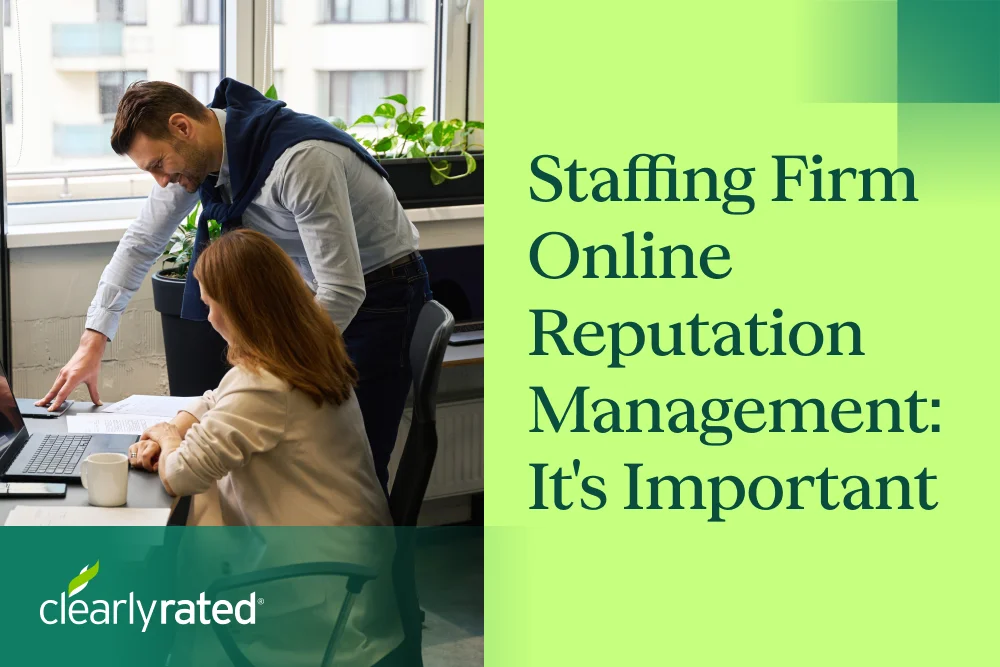




%5B1%5D.webp)
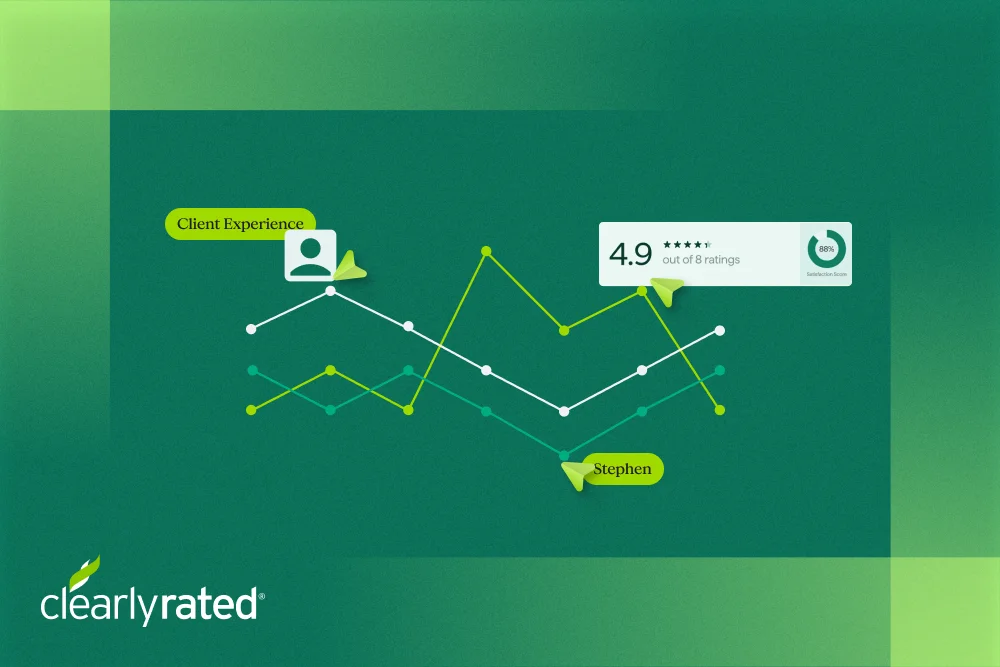






.png)






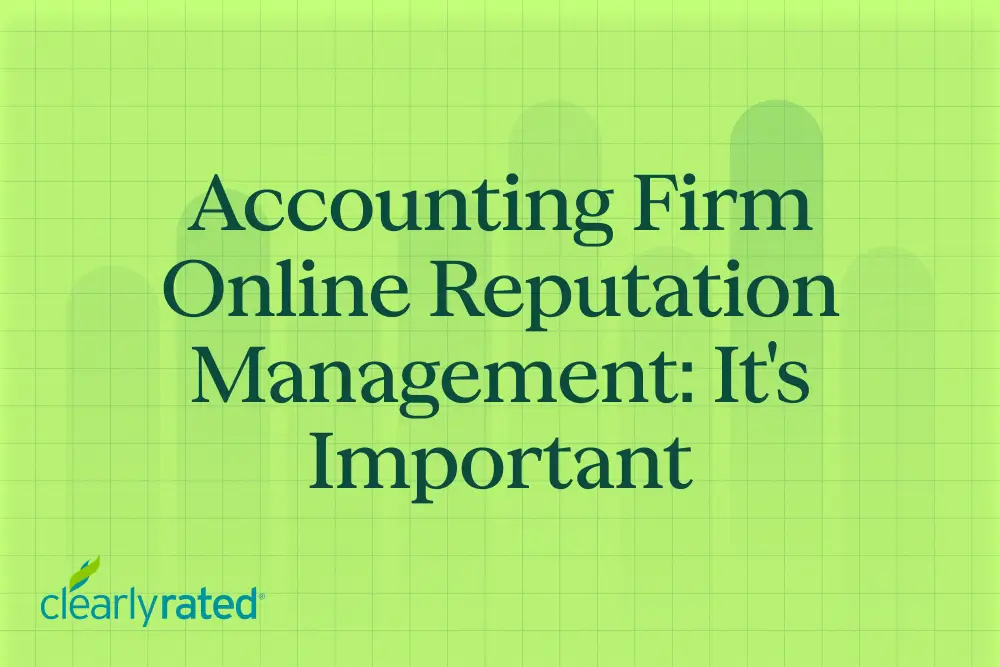


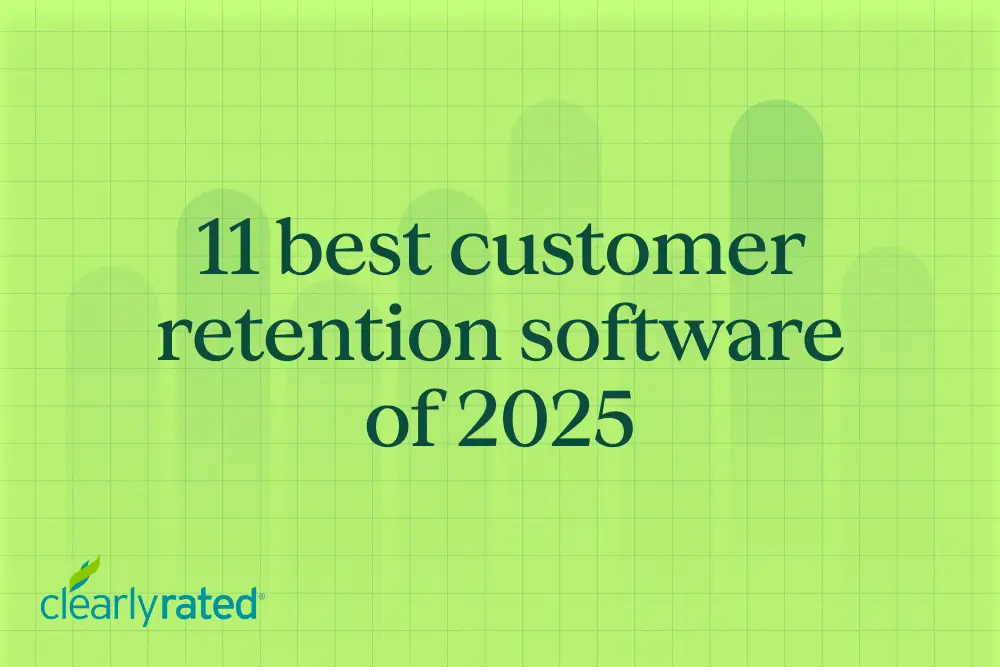

_%20The%20Ultimate%20Guide.png)
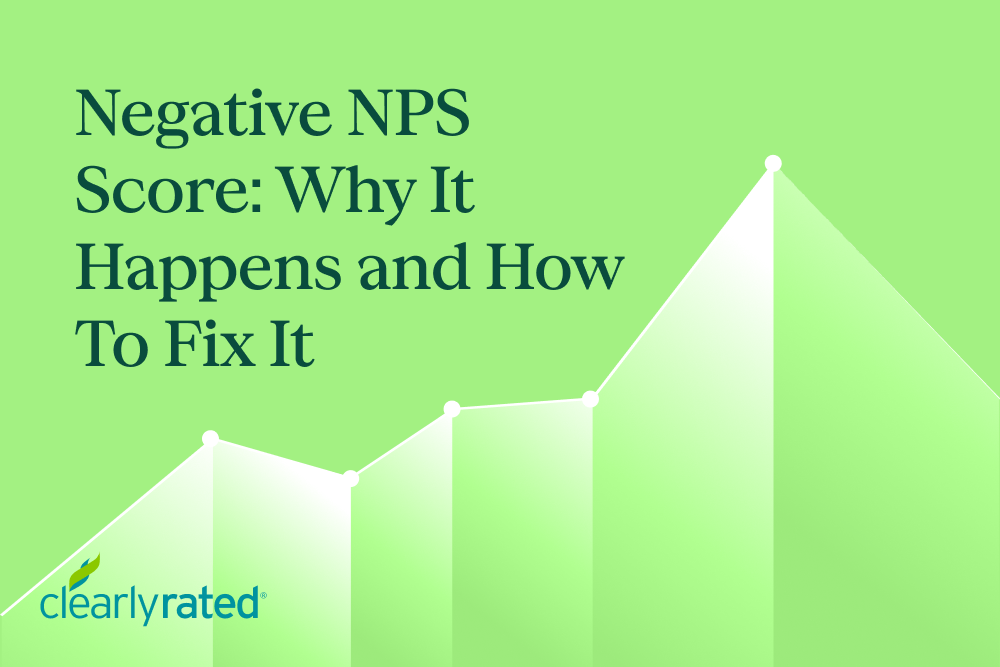
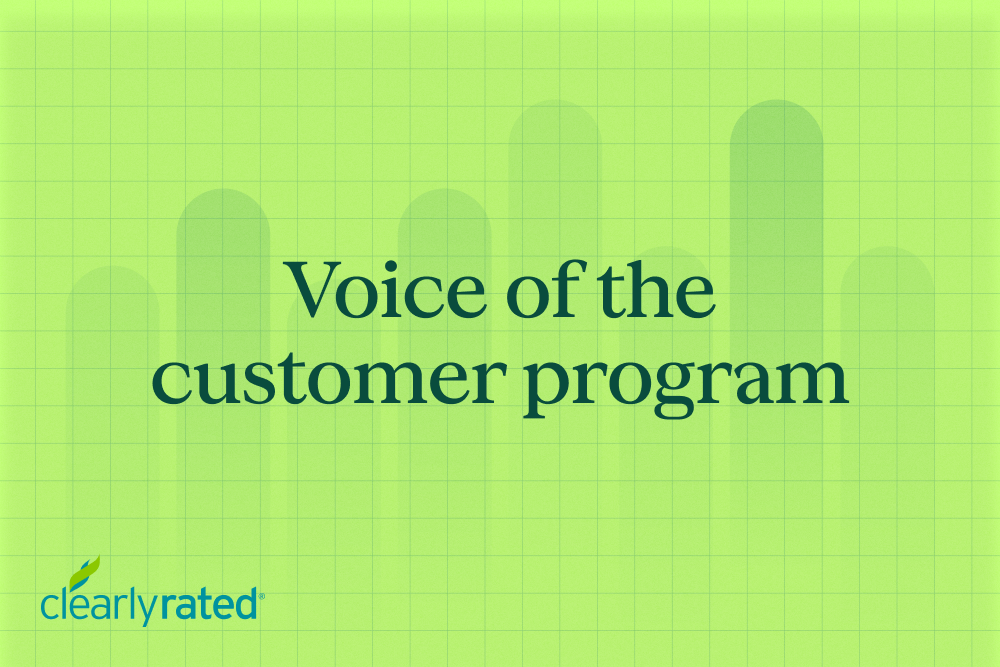
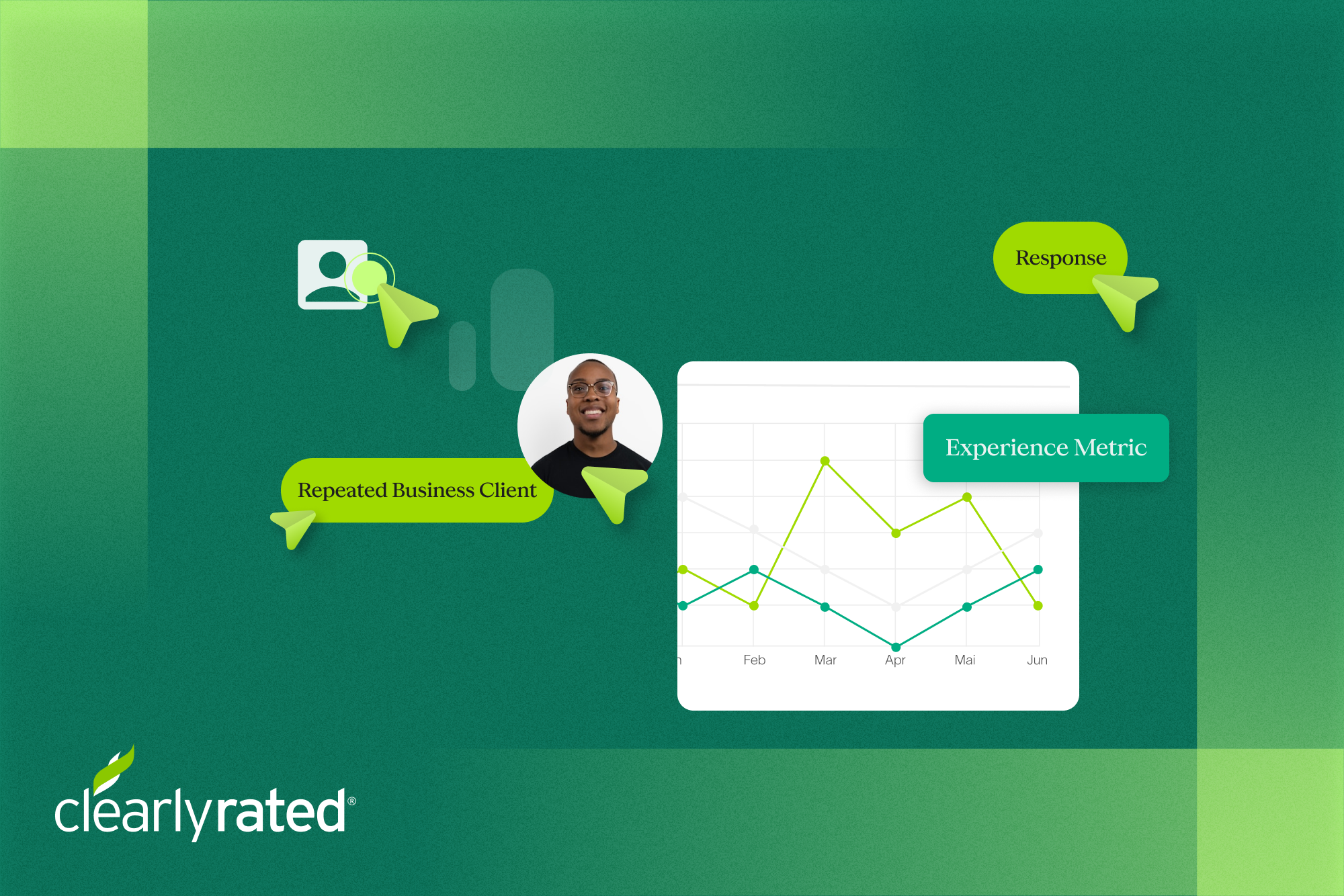
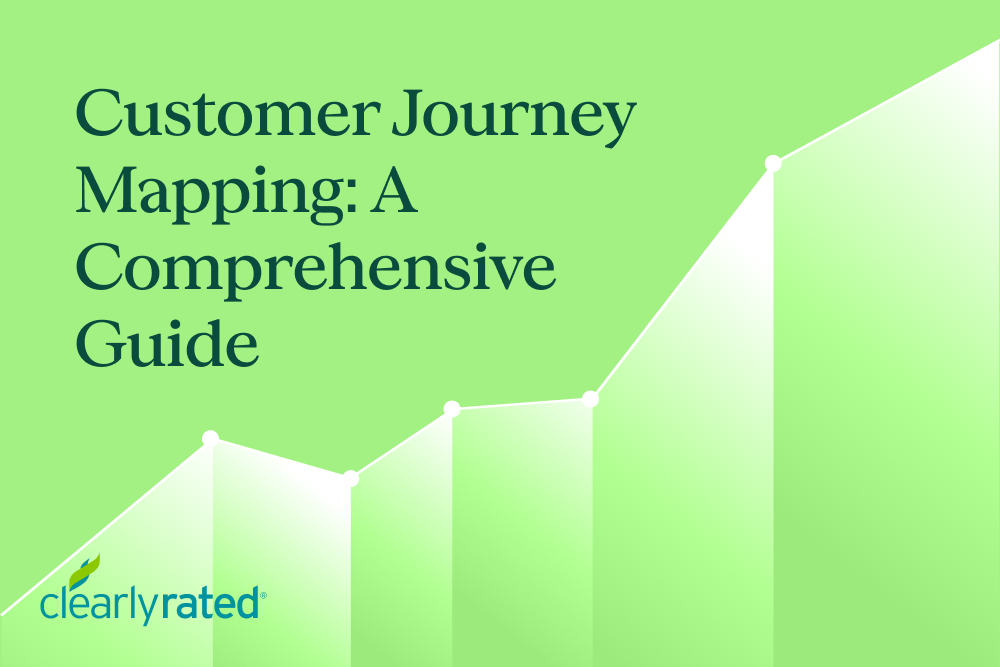

.png)



















%20in%20the%20Workplace.png)










.png)

%20and%20how%20can%20you%20increase%20it.png)
_%20A%20Step-by-Step%20Guide.png)

.png)
.png)




_.png)



%20in%202028.png)


_%20The%20Ultimate%20Guide%20(2024).png)











